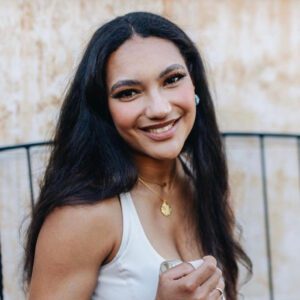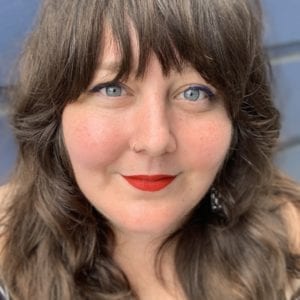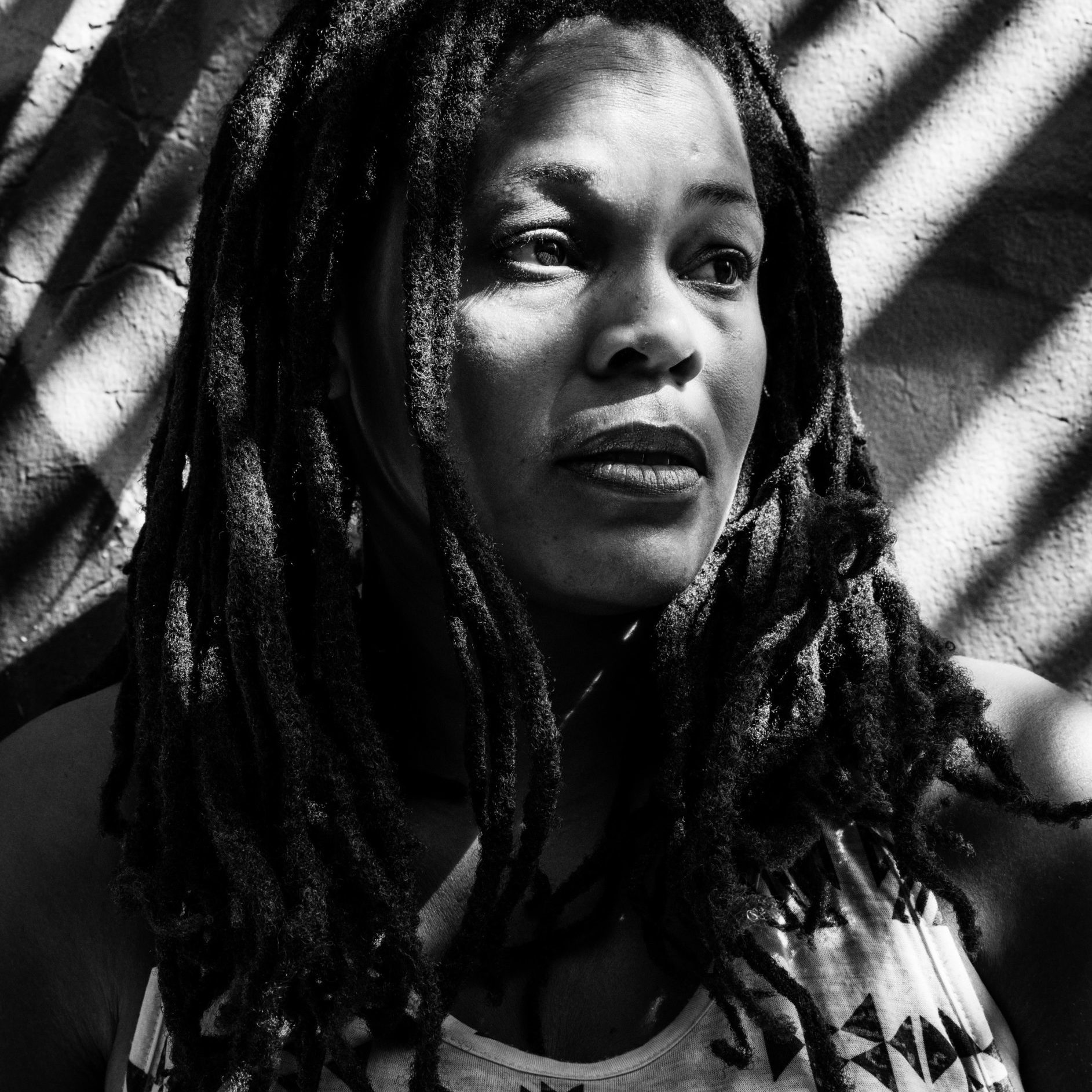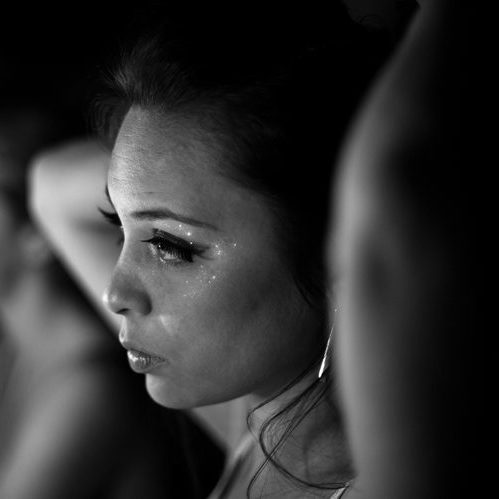90 Days In
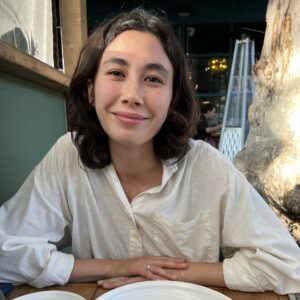
Zoe Huey reflects on their first few months as a teaching artist with Luna.
My first 90 days with Luna Dance & Creativity has been one of learning. As a teaching artist, I have deepened my understanding of how teaching dance is a creative practice of improvisation. In a room full of kids, my senses are wide open and far reaching. I am constantly attuning to the energetic environment of the classroom and tracking what curriculum emerges as students move freely through space. Teaching feels akin to being present and receptive in a creative process; both evolve from a place of inquiry in which arrival and discovery are on-going. Even with tasks that involve concrete and finished products, I feel encouraged to take a process-oriented approach. Observation and reflection are core to all aspects of my work with the organization.
Working with preschoolers and transitional-kindergarteners, I commit to keeping playfulness alive in myself. As I get to know three, four, and five year olds, I simultaneously tend to my relationship with my kid-self. I learn to uproot and deconstruct expectations (including my own) around what “good” and “bad” behaviors look like in a dancing classroom. Luna makes space for what appears as chaos to be better understood as complexity and helps me adjust the lens I’m using to assess my students. The free body is a moving body, Luna always says. Dance is any and every movement big or small, ranging from breath, to eyes looking side to side, to moving a leg up and down to spinning through space.
At Luna, my learning process as a teacher is valued. I have access to resources, including mentorship and professional learning, that grow my identity and practice as a dance educator. I remember Patricia telling me, during my 45-day review, that the world doesn’t need teachers who are perfect, but who are strong learners. Rather than be overwhelmed by everything I don’t yet know, I can embrace my newness as a generative source of inquiry. I recently sat across from Patricia at Cafe Tomate for my 90-day review, and shared that I am more confident as a teacher than I was just three months ago. I feel more deeply how inquiry, authenticity, and the rigor of creativity (the three pillars of Luna’s Theory of Change) are daily and lifelong practices of leadership.
I was recently hired as an improviser for a dance piece showing in San Francisco. Throughout the process I found myself exploring moves I’d seen students do. In my head I heard a voiceover of prompts that I gave students. I challenged myself to find new ways to follow the score given to me by the director, similar to the ways I encourage students to find another, and another, and another way to make big and small shapes. By teaching students that all movements can be dance movements, I create more space for possibility inside myself and quiet the voice of my self-critic. Everything I teach to others I must also teach to myself.
While my relationship with Luna Dance & Creativity is still fresh, I have felt cared for, respected, and trusted in my role as Teaching Artist. My favorite part of the job is building relationships with the students, from whom I learn an imaginative and honest love of the world around me.
